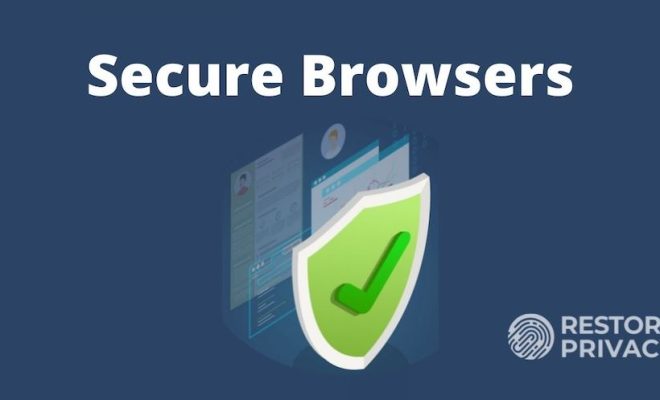How to Install a New Package Manager in Linux

As a Linux user, you know how important it is to keep your system up to date with the latest tools and software. And with your package manager, you can easily install, update, and remove packages from your system with a few simple commands.
But what if you need to use a different package manager than the one that comes with your distribution? Perhaps you want to try out a new one that offers better features or better support for a specific package. In this article, we’ll take a look at how to install a new package manager in Linux.
Step 1: Choose Your Package Manager
First, you’ll need to choose the package manager you want to install. There are many options available, such as:
– Apt: The default package manager for Debian and Ubuntu.
– Yum: The default package manager for Red Hat and CentOS.
– Pacman: The default package manager for Arch Linux.
– Dnf: A newer package manager that replaces Yum on some distributions.
– Snap: A cross-distribution package manager for Linux.
Step 2: Install Your New Package Manager
Once you’ve decided on the package manager you want to use, it’s time to install it. The installation process will vary depending on which package manager you choose.
For example, if you want to install Pacman on Ubuntu, you can run the following command:
“`
sudo apt-get install pacman
“`
If you want to install Dnf on Fedora, you can run:
“`
sudo dnf install dnf
“`
Step 3: Update Your Repository List
After installing your new package manager, you’ll need to update your repository list to include its packages. You can do this by running the following command:
“`
sudo apt-get update
“`
or
“`
sudo yum update
“`
or
“`
sudo pacman -Sy
“`
This will update your system’s package repository list and include the packages from your new package manager.
Step 4: Use Your New Package Manager
Now that your new package manager is installed and updated, you can start using it to install new software packages on your system. The process will be similar to what you’re already used to, but you’ll just use the commands and syntax from your new package manager.
For example, if you want to install the Firefox web browser on Ubuntu using Pacman, you can run:
“`
sudo pacman -S firefox
“`
And if you want to install the same browser on Fedora using Dnf, you can run:
“`
sudo dnf install firefox
“`
Conclusion
Installing a new package manager on your Linux system can be an easy way to access new software packages, get better support for specific tools, or gain access to additional features. By following the steps outlined in this article, you can start using a new package manager in no time. Just remember to update your repository list after installation, and you’ll be good to go.






